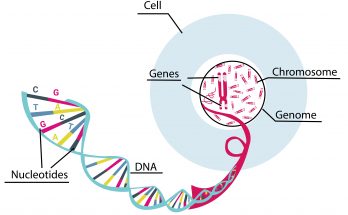What is Cytoplasm ?
The large region of each cell enclosed by a cell membrane is called Cytoplasm. It is the fluid content present inside the plasma membrane. It is colorless partly
Characteristics of Cytoplasm
- It contains many specialized cell organelles, each of which performs a specific function for the cell.
- Contains a mixture of water and soluble inorganic and organic compounds, and various organelles.
- Present in animal cells. Found in fungi, plants and animals.
6 Important Functions of Cytoplasm
- Cytoplasm helps in the exchange of material between cell organelles.
- Cytoplasm acts as a storehouse of vital molecules such as amino acid, glucose, vitamin, iron etc.
- Cytoplasm Acts as the site for certain metabolic pathways such as glycolysis etc.
- Cytoplasm is medium for initial steps of respiration (production of pyruvic acid) (anaerobic respiration)
- Cytoplasm helps to prevent the grouping of cell organelles in places due to gravity that would prevent their function.
- Cytoplasm acts as a buffer and protects the genetics material of the cell from damage caused due to movement and collision with other cells.




11 Comments on “What is The Cytoplasm Class 9 – Definition, Characteristics and 6 Important Functions of Cytoplasm”